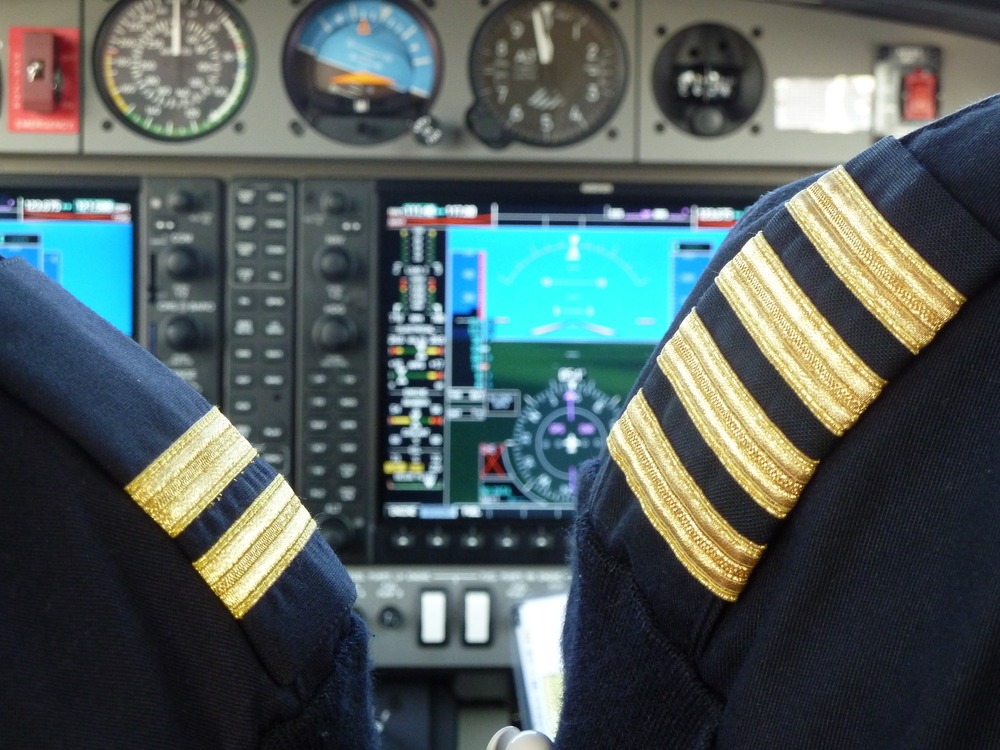
Everyone has heard of Sully Sullenberger, the hero who landed US Airways Flight 1549 on the Hudson. At the time, he was serving as chairman of a pilots’ association safety committee. Some might say it was luck such a pilot was at the controls when a flock of birds struck Flight 1549. Sully said the many hours of training all pilots receive allowed him to assess the situation and make a timely adjustment.
In stressful, highly complex situations, like flying a plane, it is easy to see the value of training. What we might underappreciate, is the type of training pilots receive.
Picture this scenario: It’s a cloudy winter evening in San Diego, 1977. A plane is taxiing to the runway. All the pre-flight checks appear to be in order. The flight engineer has given the go-ahead to take off. As the plane accelerates down the runway, it begins to pitch upward and lift off the ground before reaching the standard takeoff speed. It’s an odd situation, but not alarming. Unfortunately, it immediately gets worse. The nose of the plane continues to rise while adjustments to the control stick do nothing. It’s a dire situation that requires immediate reaction to avoid a crash.
Captain Jack McMahon knew what to do in this situation. On that evening in San Diego, Delta Flight 1080 was in trouble. With the nose up and airspeed dropping, the plane was critically close to stalling and crashing. When none of the standard fixes stopped the climb, Captain Jack masterfully adjusted his throttles to take advantage of a feature his plane. The engines were arranged so that the wing engines point slightly down, their thrust making the plane pitch up slightly. The tail engine, however, is pointed slightly up. The thrust from the tail engine makes the plane pitch slightly down. By decreasing power to the wing engines and increasing power to the tail engine, he was able to bring the nose down and avoid a stall. More creative problem solving enabled the plane to make a safe emergency landing in Los Angeles. An investigation soon identified the problem was a tail stabilizer stuck in the up position, constantly trying to lift the nose of the plane. Investigators would note that comprehensive training played a critical role in preventing a crash that day.
So what is it about pilot training that makes them so good in a crisis? It is true they spend many hours in training, but it is not just the amount of training that is important. The type of training, and the types of scenarios they practice are just as important. They train for situations where everything seems to be going wrong. The airline industry creates moments of controlled failure in training, to the benefit of pilots and passengers.
What is controlled failure and why is it important? When we design courses, it is common to create scenarios trainees will encounter in real life. In controlled failure scenarios, trainees are set up for trouble, allowing them to solve the problem, learn, and grow. Using only predictable scenarios geared for simple wins gives learners early successes, but it might not prepare them for real-world performance.
The real world doesn’t always give us easy scenarios and quick wins. In The Hobbit, J.R.R. Tolkien captures a more common new hire’s experience: “Out of the frying pan and into the fire.” In any job, issues come up force employees to think on their feet. This is where controlled failure training is important. By mixing difficult scenarios with easy ones, we build both small wins and adaptability into a training course. The result is employees who have the confidence to manage any real-life situation that comes along.
If captains Sully and Jack had practiced only takeoffs and landings in normal conditions, they would have been ill-prepared to handle the situations that threatened the lives of their passengers. The results might have been disastrous. Controlled failure pilot training probably saved many lives.
Most of the training we design doesn’t prepare people for life or death situations. But controlled failure makes for a workforce ready to adapt to difficult situations and keep your business in the air.



